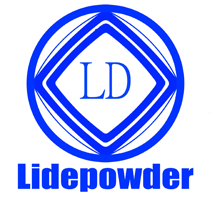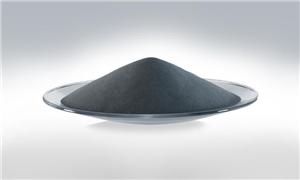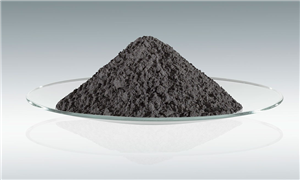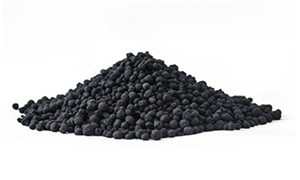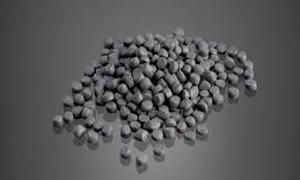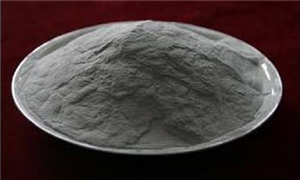- Home
- >
- News
- >
- Company news
- >
- Main Metal 3D Printing Material Systems and Alloy Grades: A Comprehensive Guide
Main Metal 3D Printing Material Systems and Alloy Grades: A Comprehensive Guide
Introduction
With the rapid advancement of technology, 3D printing has become a transformative force in manufacturing. Among its branches, metal 3D printing stands out for its ability to produce high-performance, complex parts through additive manufacturing. However, the success of metal 3D printing heavily relies on the quality and selection of metal powders, which directly impact the mechanical properties, corrosion resistance, and overall performance of printed components.
Metal 3D printing powders come in various types, including titanium alloys, stainless steels, aluminum alloys, nickel-based superalloys, and more. Each material offers unique advantages for different applications—whether in aerospace, medical, automotive, or industrial tooling.
In this article, we explore the main metal 3D printing material systems and their key alloy grades
1. Titanium Alloys: Lightweight & High-Strength
Key Applications: Aerospace, biomedical implants, automotive
Popular Grades:
- Ti-6Al-4V (Grade 5) – The most widely used titanium alloy, offering excellent strength-to-weight ratio and biocompatibility.
- Ti-6Al-4V ELI (Extra Low Interstitial) – Enhanced purity for medical implants.
- Ti-5553 (Ti-5Al-5V-5Mo-3Cr) – High-strength alloy for aerospace components.
Why Choose Titanium?
✔ Lightweight yet strong
✔ Excellent corrosion resistance
✔ Biocompatible (ideal for medical implants)
2. Stainless Steels: Durability & Versatility
Key Applications: Tooling, industrial parts, marine components
Popular Grades:
- 316L – Superior corrosion resistance, ideal for marine and chemical environments.
- 17-4PH (AISI 630) – Precipitation-hardening steel with high strength and toughness.
- 15-5PH – Similar to 17-4PH but with improved mechanical properties.
Why Choose Stainless Steel?
✔ High strength and ductility
✔ Excellent corrosion resistance
✔ Cost-effective for industrial applications
---
3. Aluminum Alloys: Lightweight & High Thermal Conductivity
Key Applications: Automotive, aerospace, heat exchangers
Popular Grades:
- AlSi10Mg – Combines good strength, thermal properties, and printability.
- AlSi7Mg – Slightly lower silicon content for improved ductility.
- Scalmalloy® (Al-Mg-Sc) – High-strength aerospace-grade aluminum.
Why Choose Aluminum?
✔ Lightweight (ideal for weight-sensitive applications)
✔ Good thermal and electrical conductivity
✔ Easily post-processed
4. Nickel-Based Superalloys: Extreme Heat & Corrosion Resistance
Key Applications:Turbine blades, aerospace, energy
Popular Grades:
- Inconel 718 – High strength and oxidation resistance up to 700°C.
- Inconel 625 – Superior corrosion and fatigue resistance.
- Hastelloy X – Excellent creep resistance for extreme environments.
Why Choose Nickel Alloys?
✔ Retain strength at high temperatures
✔ Outstanding corrosion resistance
✔ Ideal for aerospace and energy sectors
5. Cobalt-Chrome Alloys: Wear & Biocompatibility
Key Applications:Dental implants, orthopedic devices
Popular Grades:
- CoCrMo (ASTM F75) – High wear resistance for medical implants.
- CoCrW (Stellite® 21) – Excellent heat and corrosion resistance.
Why Choose Cobalt-Chrome?
✔ Biocompatible (medical applications)
✔ Exceptional wear resistance
✔ High-temperature stability
6. Tool Steels: High Hardness & Wear Resistance
Key Applications: Molds, dies, cutting tools
Popular Grades:
- H13 (AISI) – Excellent thermal fatigue resistance for injection molds.
- Maraging Steel (18Ni300)– Ultra-high strength for tooling applications.
Why Choose Tool Steels?
✔ Exceptional hardness and durability
✔ Suitable for high-stress tooling
Conclusion: Choosing the Right Metal Powder
Selecting the optimal metal 3D printing material depends on:
✅ Application requirements(strength, weight, corrosion resistance)
✅ Printing process (SLM, EBM, DED)
✅ Cost considerations
Which metal powder is best for your project? Compare the top alloys and make the right choice!
